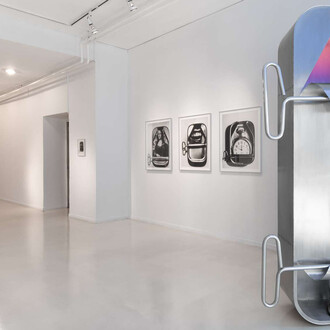On the second floor, the final campaign of the Isonzo Front, that is the twelfth Isonzo Battle, the counter-offensive by the elite German and Austro-Hungarian troops called the Battle of Kobarid is presented. This attack surprised the Italian command in the mountainous Upper Soča Region on October 24, 1917. By means of new tactics of warfare the other side achieved a victory which in the final year of the war on the Isonzo Front pushed the Italian Army deep back into their territory. While preparing for the offensive, the attackers had to invest tremendous efforts, and in a little over a month, 2400 trainloads of the necessary supplies and men were shipped to the foot of the mountains and then transported across the mountains to the Soča Valley. The extent of this task is illustrated on a 27 m2 large relief model of the Upper Soča Region in the scale 1:5000 and on large maps showing the movements and distribution of military units.
After breakfast I inspected the 119th and 121st regiments: excellent condition. Wonderful human material.
When we reached the peak... we could observe from the heights the mountains occupied by the enemy... It was necessary to explain to our generals the aims, goals, and details of our plan. Everything went on excellently for us, since the battlefield was spread below us like an enormous map.
(General Otto von Below, Commander, Austrian-German XIV Army, diary)
The preparations for the battle as well as its course are documented in numerous photographs taken mainly in the second half of October 1917 and during the first days of the fighting. They present most comprehensively the events in the Bovec basin, including the German attack with gas shells on the troops of the Friuli Brigade, the breakthrough of the 12th Silesian Division from Tolmin towards Kobarid, and the movement of first lieutenant Erwin Rommel's troop across the slopes of the Kolovrat range to the peaks of Mount Matajur.
The entire horizon in the direction of Bovec was flashing, flooded with flares and flames of firing. Into this fiery cataclysm flew, like fiery meteors flew the shells of great cannons positioned in the village of Soča. Each was accompanied by a fearful din.
(Josef Vachál, Maliř na frontě, Paseka 1996)














